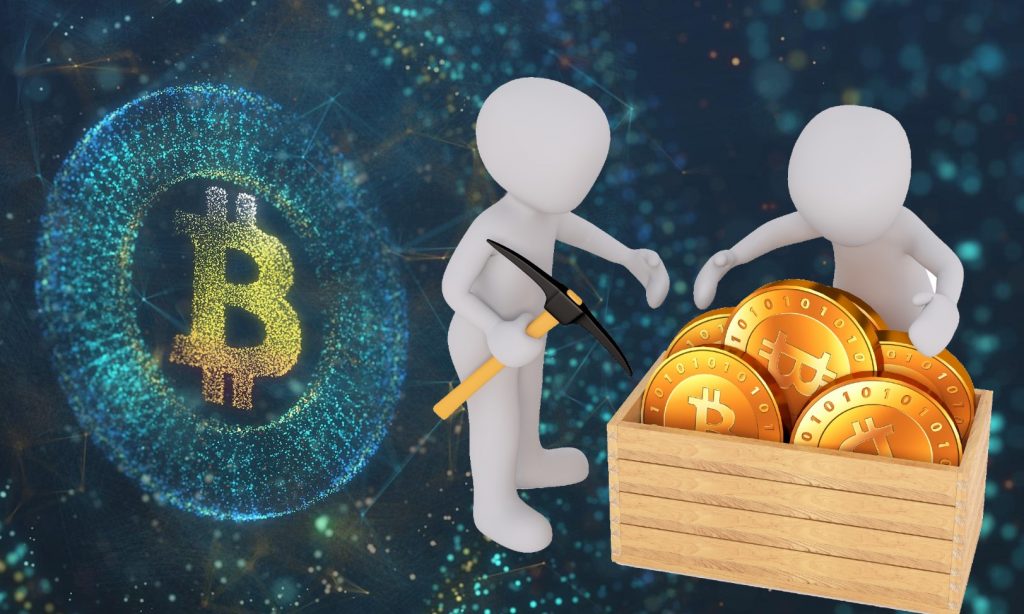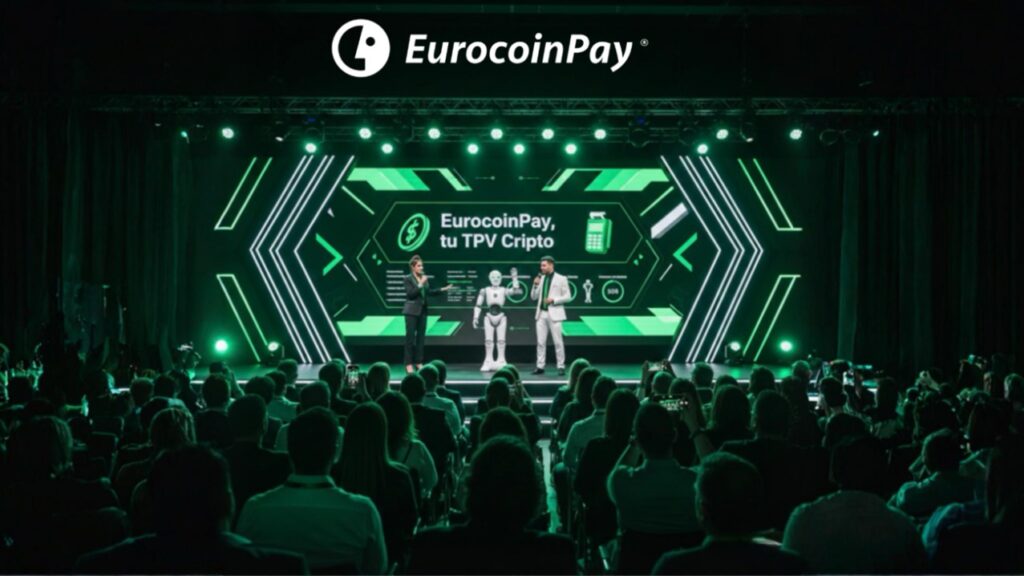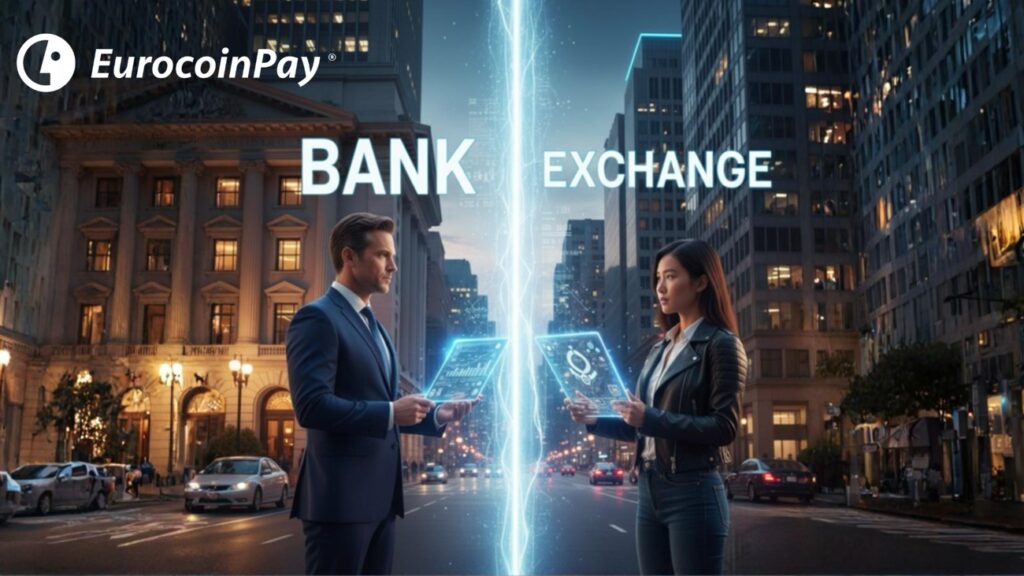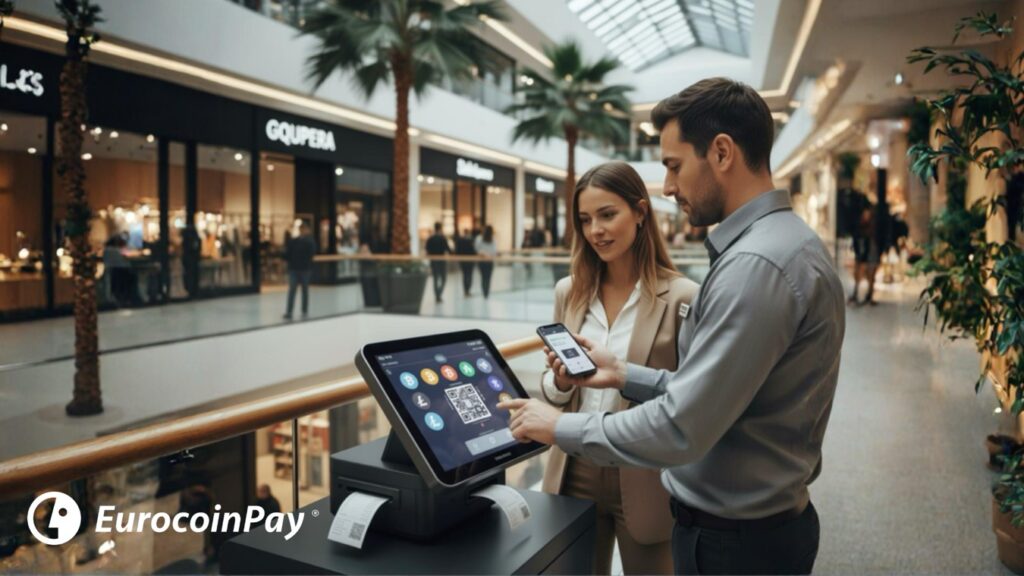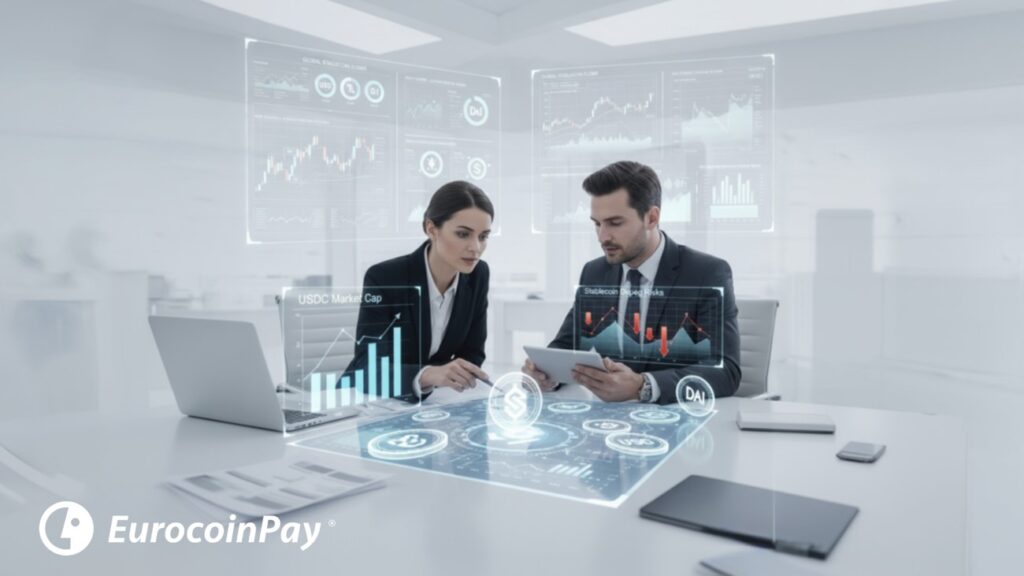Spain has no law prohibiting cryptocurrency mining, however, those who decide to mine cryptocurrencies must register as self-employed.
The world of cryptocurrencies has grown a lot in recent years. Despite the recent drop in the value of most of these virtual currencies, it seems that some of them are starting to recover and some investors are still betting on them. But… would it be feasible to mine your own cryptocurrencies? At 20BITS we have asked several experts to answer several questions on the subject.
What does it take to create a cryptocurrency?
Herminio Fernández, CEO of EurocoinPay, explains that “any citizen can be a cryptocurrency miner”. However, “depending on the currency you want to mine, you need a smaller computer or one with more computing power“.

What is mainly needed is “the right hardware”, according to Javier Lasarte, COO of Seacoast. But the energy cost used to power the equipment must also be taken into account: Miguel Pagán, CEO and founding partner of CryptoTechFin, recalls that the cryptocurrency business “moved to countries with lower energy costs or with a direct connection to a renewable energy source” for this reason.
Not all cryptocurrency mining is worth the same
Just as not all virtual currencies that have already been created are worth the same, some cost more than others to create from scratch. Jonathan Alvarez, co-founder of Woonkly, tells 20BITS that “the more people have tried to mine, the more complicated the algorithm becomes, so coins like Bitcoin require more and more computational and energy resources”. This, he says, makes mining Bitcoin only profitable “for big players like mining farms“.
Pagán explains that many users looking to mine end up joining “online collectives that have the equipment, technology and low electricity costs to be able to mine efficiently”. “Depending on the cryptocurrency, mining can be more complex or simpler and the reward tends to be aligned with the complexity of obtaining that virtual currency”, says the expert.
How long does it take to create cryptocurrencies?
As with the price, time also depends on the team behind the cryptocurrency mining and the currency being mined. It is normal for the computers to be working 24 hours a day and 365 days a year to get the maximum return on investment,” says Herminio Fernández. It is estimated that the return on investment for all the equipment is 9 months“.
Jon Fatelevich, CEO of StadioPlus, says that “generally, a person doesn’t spend a lot of physical time doing the mining, because it’s a computer that’s actually doing the mining”. In the case of Bitcoins, Pagán says that 6.25 can be mined every 10 minutes.
Theoretically, everyone can mine coins from home.
Although everyone could create virtual currencies at home, the equipment needed and the electricity costs are very high. “The ideal is to mine cryptocurrencies in places where energy costs are as low as possible,” says Fatelevich.
Lasarte reminds us that, although in theory anyone can mine, it is necessary to take into account whether the currency and the associated fixed costs make it worthwhile or not. “At the end of the day, you should measure what you have invested and see the rewards you have generated to determine whether it is an activity that is worth doing with the resources you have,” advises Álvarez.
Is it legal to mine cryptocurrencies?
Pagán reports that it is not forbidden to mine cryptocurrencies, but, whoever decides to do so, has to report to the tax authorities:
“Specific permits do not exist, but, according to the law, all economic activities carried out in Spanish territory by natural or legal persons are, as a general rule, subject to the Economic Activities Tax (IAE), regardless of the economic sector and the profits obtained”.
In the event that the miner makes a profit from this process, Pagán says he should register “as self-employed, declare, if applicable according to your conditions, the IAE with the tax office by presenting form 036/037 and pay the profits as income from economic activities for personal income tax purposes“.
Although mining is allowed in Spain, there are countries where it is prohibited. For example, Fatelevich highlights the case of China.
A virtual currency can be created from scratch
Experts interviewed by 20BITS point out that anyone can create a cryptocurrency from scratch. Hermino Fernández explains how it would have to be done:
- Choose a consensus algorithm, we will create what is called Smart contrac, which is a special type of instruction that is stored on the blockchain and has the ability to self-execute.
- Choose a Blockchain platform, in most cases Ethereum is used, you must design the nodes, then you must establish the internal architecture of the Blockchain, we will integrate the APIs, it only remains to design the interface and legalise your created cryptocurrency.
However, Pagan points out that building an entire network from scratch is a very costly process, consumes a lot of resources, and requires extensive preparation.
Creating a token is easier than creating a cryptocurrency
The difference between a cryptocurrency and a token is that the former belongs to its own blockchain, while a token is built on top of an existing blockchain. This makes creating a token generally easier than mining a cryptocurrency.
Source: 20minutos.es
Disclaimer: The information set out herein should not be taken as financial advice or investment recommendations. All investments and trading involve risk and it is the responsibility of each individual to do their due diligence before making any investment decision.
